City Theatrical's Multiverse Studio Kit Wireless DMX/RDM for Netflix Film End of the Road
Starring Queen Latifah, Ludacris, and Beau Bridges, Netflix Film End of the Road is a high-octane action thriller based in the desert in New Mexico. The wireless DMX challenges faced by the film's lighting team included 1,000-foot broadcast distance needed for on location shoots in remote locations, extreme temperatures and an extremely fast-paced shooting schedule, broadcasting through objects, and studio traffic on the 2.4GHz band.
Learn how one Multiverse® Studio Kit plus one Multiverse Node transceiver were used to provide wireless DMX/RDM on the 900MHz band for various on location shoots over two months in New Mexico in this City Theatrical case study Q&A with the End of the Road film's programmer, Mark LaPierre.
CASE STUDY:
Multiverse® Studio Wireless DMX/RDM for Netflix Film End of the Road
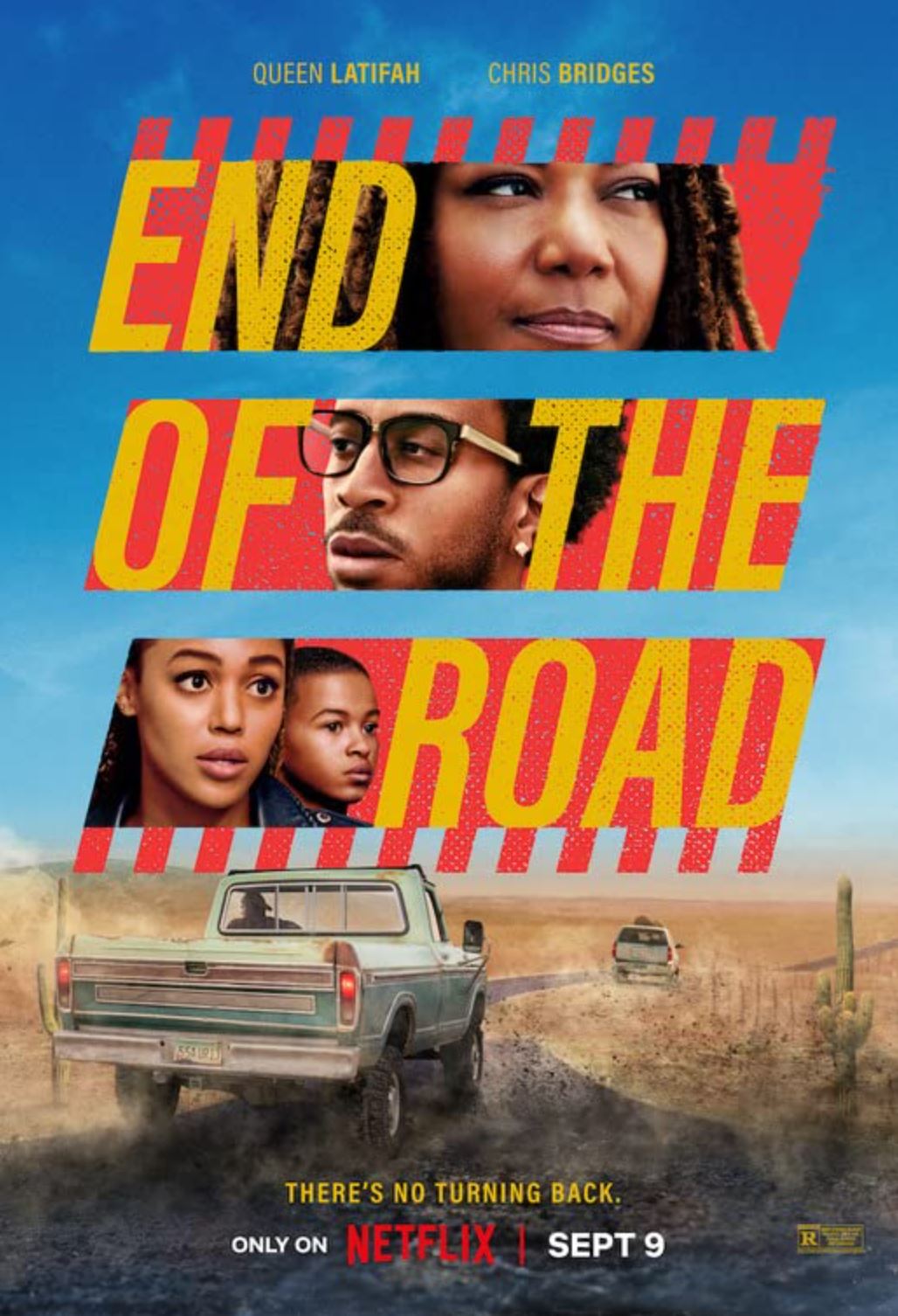
End of the Road
Netflix Film End of the Road is a high-octane action thriller based in the desert in New Mexico. Starring Queen Latifah, Ludacris, and Beau Bridges, this film is about a recently widowed mom who fights to protect her family during a harrowing road trip when a murder and a missing bag of cash plunge them into danger.
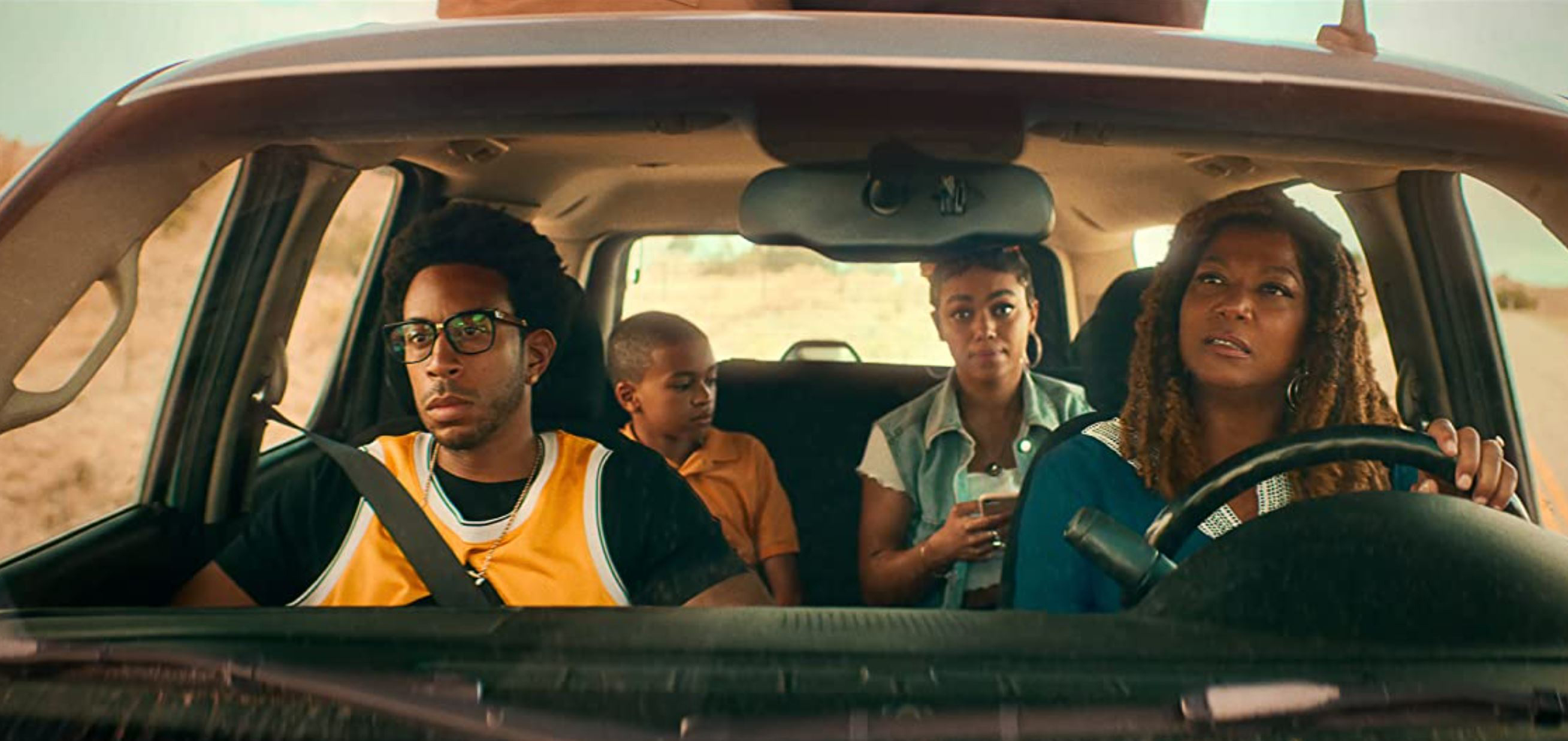
Ludacris, Shaun Dixon, Mychala Lee, and Queen Latifah in Netflix Film End of the Road
CASE STUDY Q&A WITH END OF THE ROAD FILM PROGRAMMER, MARK LAPIERRE:
City Theatrical (CTI): What was the timing like for shooting End of the Road, and where did you shoot?
Mark LaPierre (MLP): We shot the film for two months, from June through August 2021. We were in various locations in New Mexico. We shot almost all on location. We were in some locations for three to four days, and others for three to four hours. For those, we bombed in, started shooting, and four hours later, we bombed out to go to another location and start shooting again. The process was extremely fast paced. Then we had seven days in the studio towards the end.
CTI: What were some of the unique challenges when it came to wireless DMX control of the lighting for this film?
MLP: We did not have a light plot for this film. All of our lighting plans were conversational, and anecdotal. And in many of the locations, finding lights already installed was a challenge. Getting the lighting up
and running very quickly was our continual challenge as locations, especially those that were remote, required a lot of lighting setup.
CTI: Were existing Wi-Fi or other wireless systems an issue for your wireless DMX broadcast, on location or in the studio?
MLP: Half of the shoot dates were in the absolute middle of nowhere, with satellite coordinates only, so existing wireless traffic was less of a concern.
When we wrapped with a week in the studio, there were tons of wireless systems all over the place. With so many things broadcasting on 2.4GHz, the ability to bypass that and run our wireless DMX system on 900MHz was irresistible.
Being able to broadcast in 900MHz with a Multiverse wireless DMX/RDM system meant we didn’t compete with the camera and other systems, which was ideal.
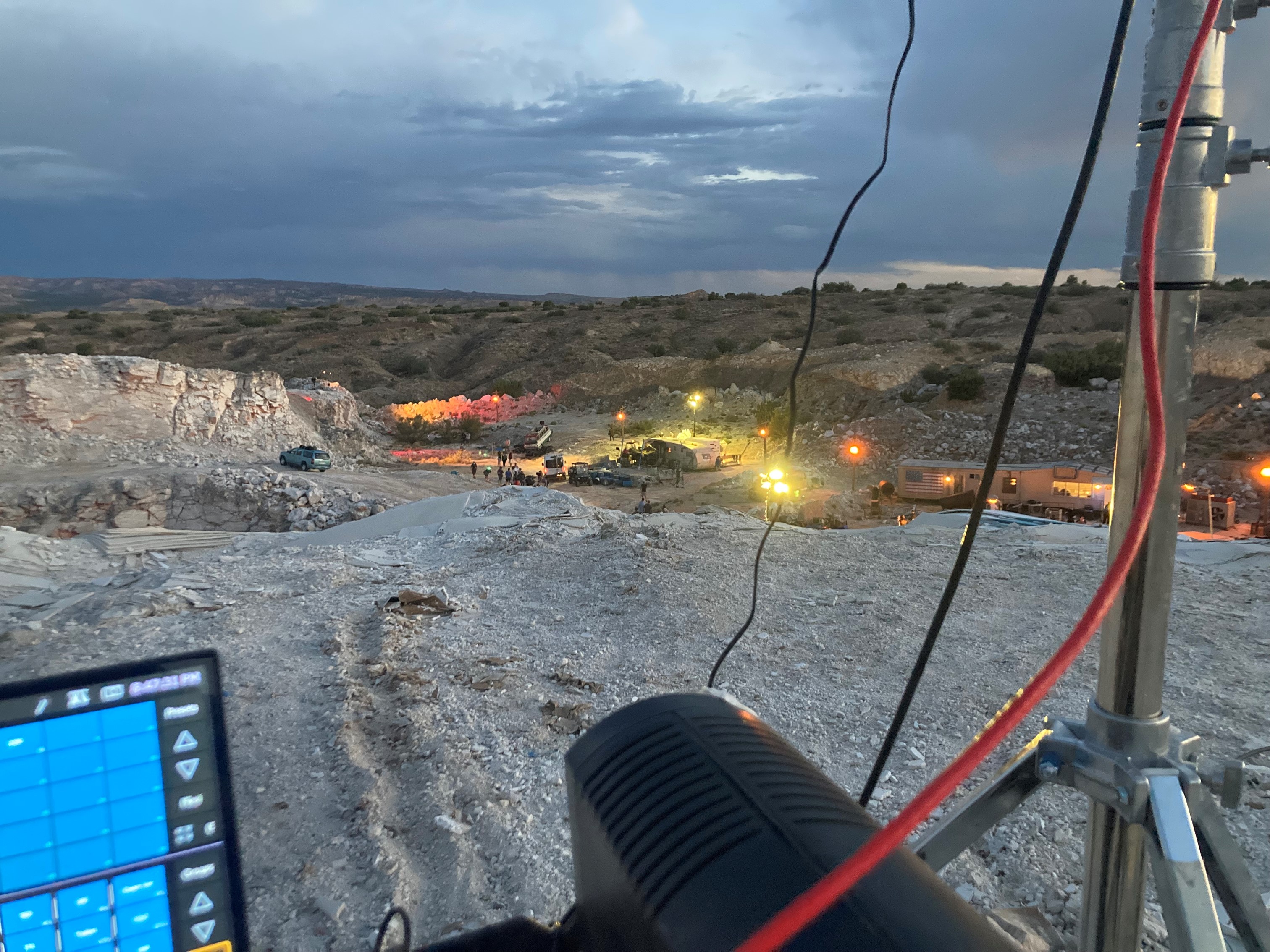
Photo Courtesy of Mark LaPierre / Netflix.
“Being on location makes everything more complicated. The ability to sign into any Multiverse wireless DMX device with my smartphone’s DMXcat app and check responses was unbelievably cool and deeply reassuring. We used everything in the Multiverse Studio Kit and the contactless charging was phenomenal.”
- Mark LaPierre, Programmer, Netflix Film End of the Road
CTI: Were there any remote locations where it was particularly challenging to broadcast?
MLP: Shooting in a Gypsum mine comes to mind. We were lighting a 1,000-foot diameter location – and we had to light the entire mine. Trying to get a wireless DMX signal there, with that expansive range, was a big deal. Broadcasting Multiverse on the 900MHz band got it done.
There were also several gas station locations that proved challenging. It is not unusual to have metal in the glass of the windows at desert gas station locations, to protect the station from extreme temperatures. We used the 900MHz band to be able to push our wireless broadcast through.
CTI: What was it like to broadcast on the 900MHz band vs. the 2.4 GHz band?
MLP: It was compelling - we found that the 900MHz will shoot longer, and through solid objects easier due to the nature of the wavelength itself. We had a very good experience using it.
CTI: What was it like to configure your Multiverse wireless DMX system?
MLP: The configuration of the Multiverse system was very easy to set up. We also enjoyed then having visual confirmation of what we were doing, to ensure the signal was going through.
A lot of systems don’t have an easy way to make sure your broadcast is going through. When you have a large group of electricians setting up the next shot quickly, those visual cues save a lot of time.
CTI: How did you use the components of the Multiverse Studio Kit?
MLP: We used everything in the Multiverse Studio Kit, and got very comfortable checking the status of the system using a smartphone. It was unbelievably cool and deeply reassuring to be able to sign into the Multiverse Transmitter app within the DMXcat app on my smartphone to check responses instantly.
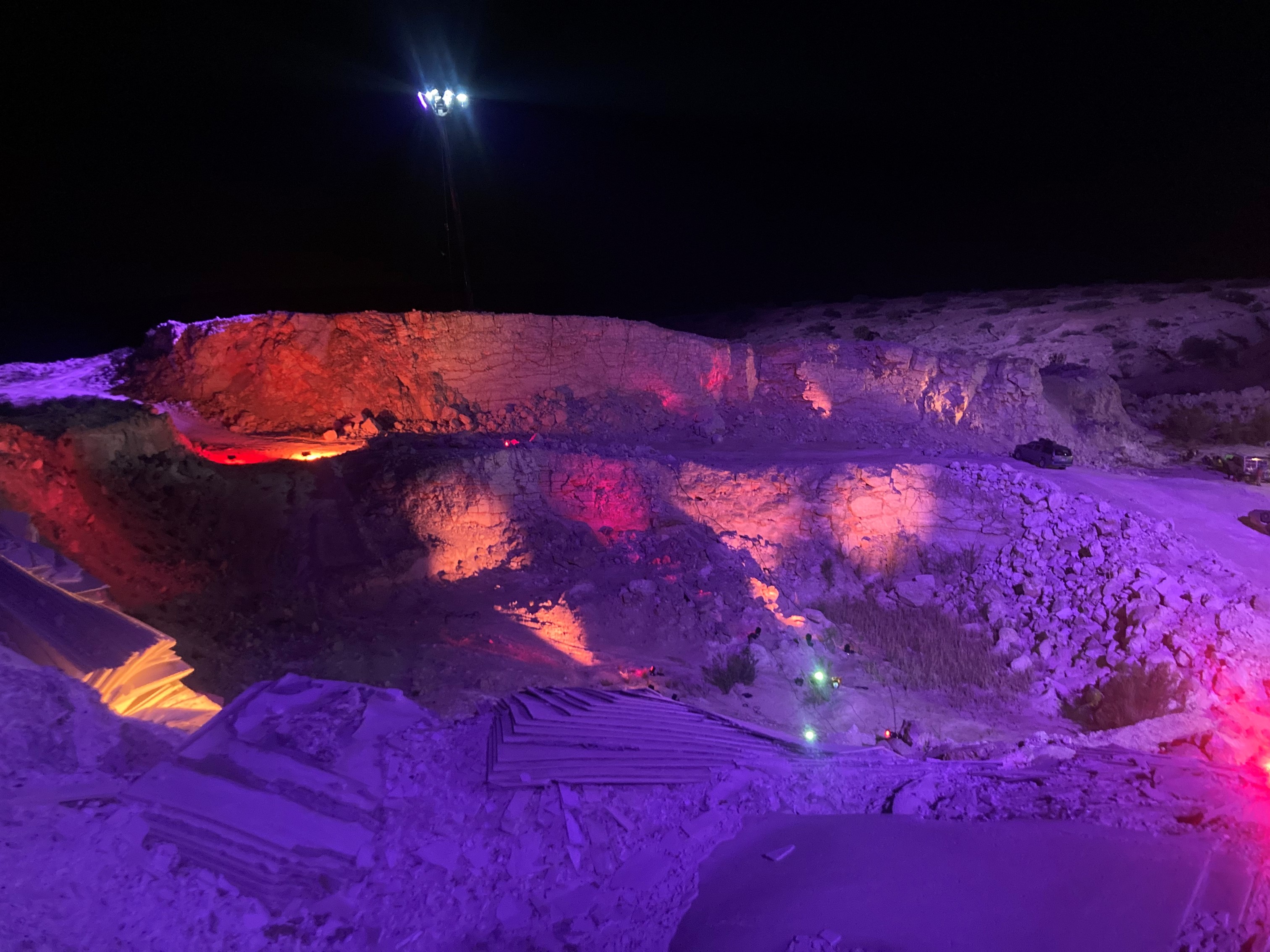
Photo Courtesy of Mark LaPierre / Netflix.
“Troubleshooting your lighting setup is easy with Multiverse wireless DMX/RDM, because every part of the system is connected. You can interact with the entire system through a single point, and that is something no other wireless DMX systems can do.”
- Mark LaPierre, Programmer, Netflix Film End of the Road
CTI: How did you use your additional Multiverse Node with the Multiverse Studio Kit?
MLP: For tricky locations, we found that the Multiverse Node transceiver covered even better distance than the Multiverse Studio Receiver. We could set up Multiverse transceivers in a central location, and pop a Multiverse Node down, and know it was going to shoot all the way to a distance of 900 feet. This reliability, especially at extreme distances, was a big deal to me and the entire team.
CTI: How often did you charge your Kit or its components?
MLP: I would say the battery life of the six Multiverse Studio Receivers lasted beyond what I’ve experienced before as industry standard. For us, they had a 15-hour rating. Our typical shoot day was 14 hours before we could go home, and the products were still ready to go.
The contactless charging of the Multiverse Studio Kit was phenomenal. It saved us a lot of time.
CTI: Why was Multiverse the right solution for this project?
MLP: The fact that Multiverse wireless DMX/RDM has the option to broadcast is 900MHz is huge. We were able to get out of everybody else’s way, broadcast to extreme distances reliably, and even broadcast through metal in glass. The 900MHz/2.4GHz dual band functionality of Multiverse wireless DMX/RDM makes this an incredible problem-solving tool.
The Multiverse product is also very easy to use and set up, and really facilitates usage for fast-paced film projects like this one.
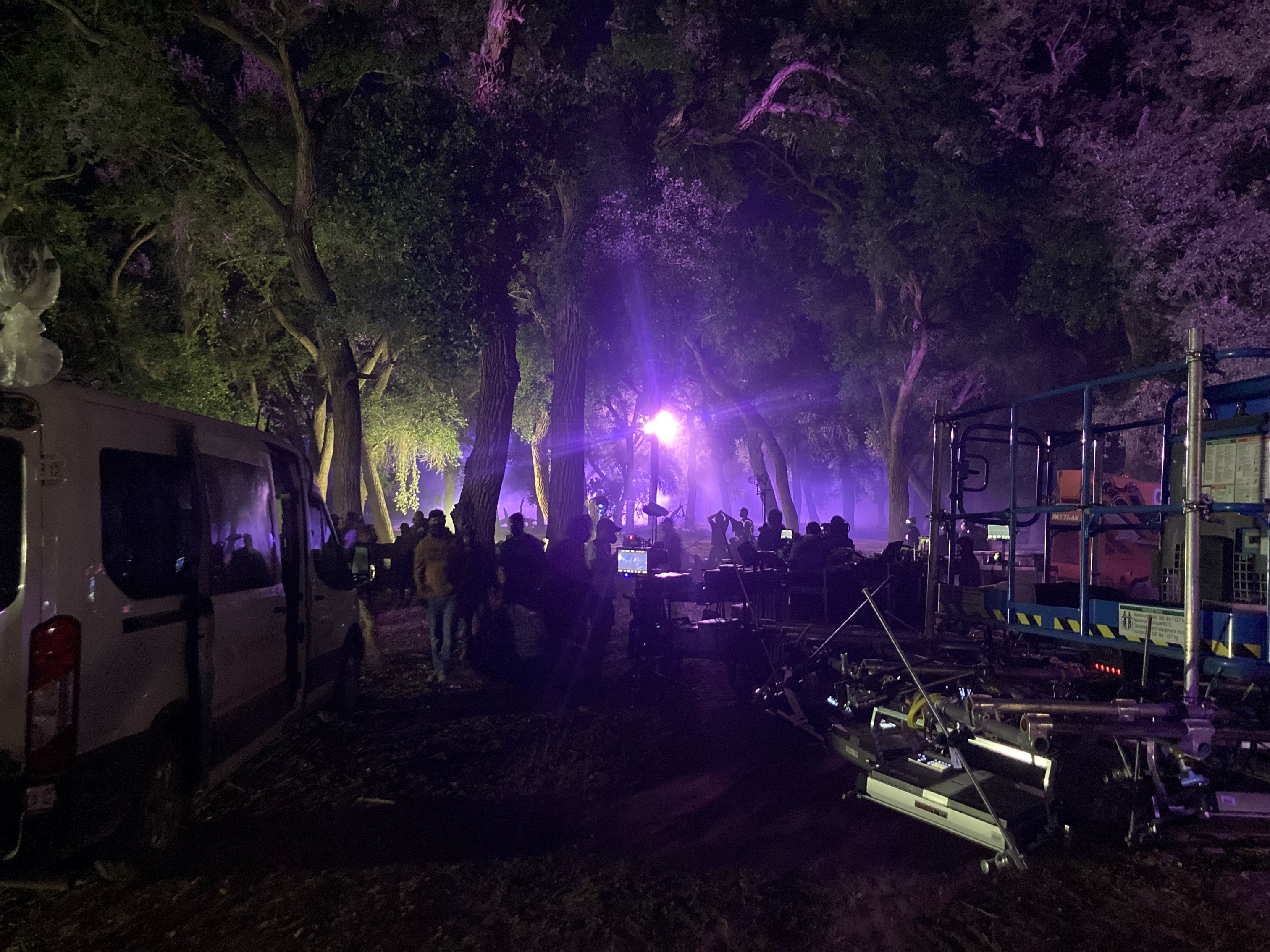
Photo Courtesy of Mark LaPierre / Netflix.
“The fact that Multiverse has the option to broadcast in 900MHz is huge. I can get out of everybody else’s way, and that makes Multiverse an incredible problem-solving tool. Broadcasting in 900MHz will shoot longer, and through solid objects easier due to the nature of the wavelength itself. It’s compelling.”
- Mark LaPierre, Programmer, Netflix Film End of the Road
CTI: How did you start working with Multiverse wireless DMX/RDM on this project?
MLP: We were “in the fire”, dealing with another wireless DMX system that was not delivering what we needed. We needed more efficient, long-range transceivers.
I had a friend who used to work for City Theatrical, Erin Giblin, and I asked her if there was a film equivalent to the wireless DMX system we had used previously for some live entertainment projects. She responded with an emphatic “Yes!” and put me in touch with Sales Manager Harrison Hohnholt at City Theatrical. That is how we found and started working with Multiverse Studio Kit.
From there, we explored all the Multiverse Studio Kit could do for our project very quickly. The Multiverse learning curve is very low – it took us 30 minutes to figure out the system. Everyone from the City Theatrical Technical
Support team was incredibly responsive in providing answers to our specific questions from there.
CTI: How did Multiverse wireless DMX/RDM work with the other wireless DMX system you had been using?
MLP: We used Multiverse in tandem with another wireless DMX system for shorter distances if there was onboard wireless DMX available in the fixtures being used. We used Multiverse Transmitter and transceivers for
longer distances and defaulted to Multiverse whenever there wasn’t another onboard wireless DMX in our fixtures. We found Multiverse had the better success rate and played very well with other wireless systems.
CTI: Do you have any feedback on the Multiverse system configuration?
MLP: Having a closed wireless DMX system where you can access everything through a single app is great. Troubleshooting is easy with DMXcat Multi Function Test Tool’s Multiverse Transmitter app because every
part of the system is connected. Users can interact through a single point, and this is something that no other wireless DMX system can offer.
Learn more about Mark LaPierre and his work at: https://www.mlp-lighting.com/
Learn more about Netflix Film End of the Road at: https://www.netflix.com/title/81232463
Learn more about City Theatrical's products for Film and Video.
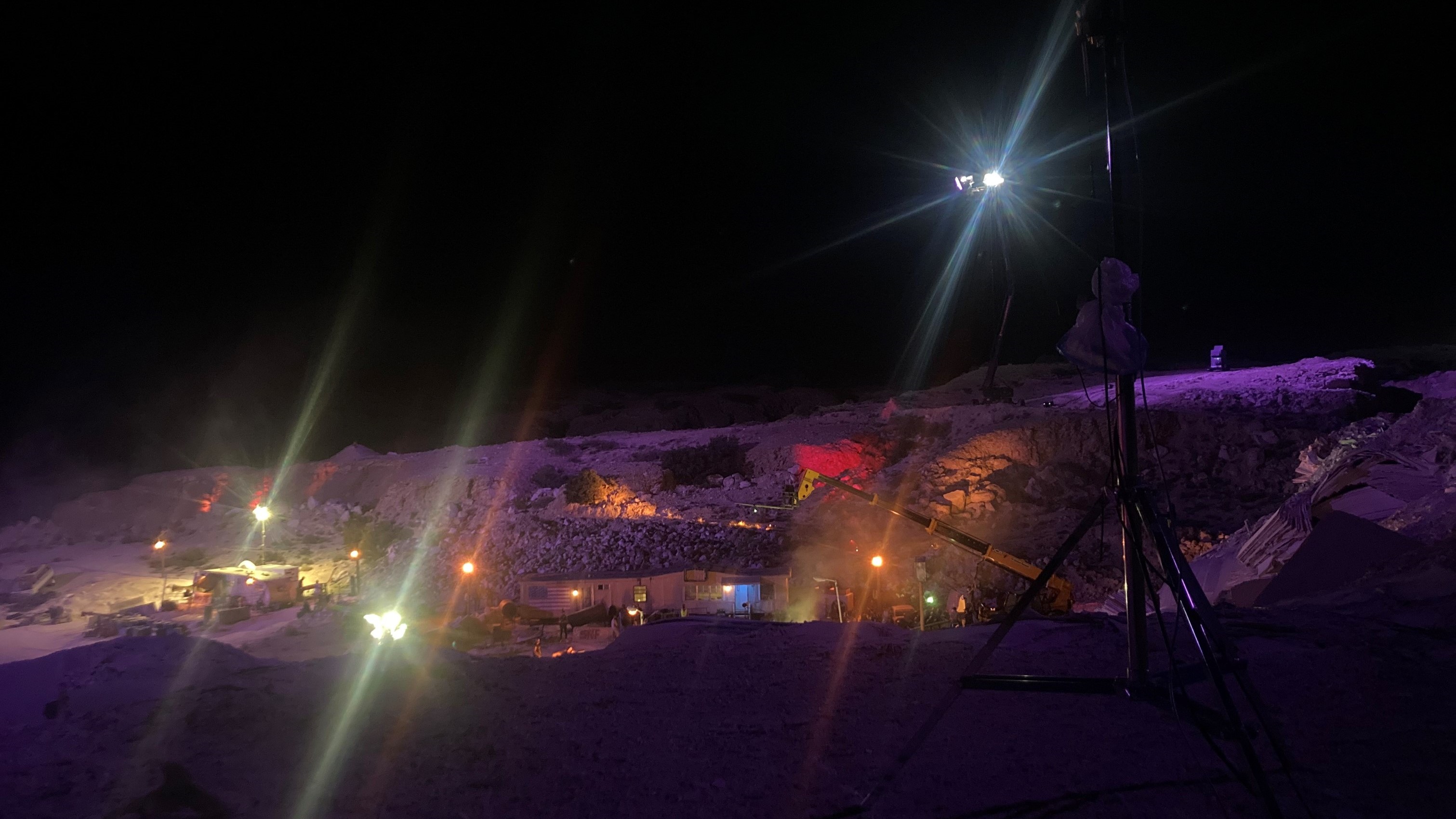
Photo Courtesy of Mark LaPierre / Netflix.
CITY THEATRICAL PRODUCTS USED
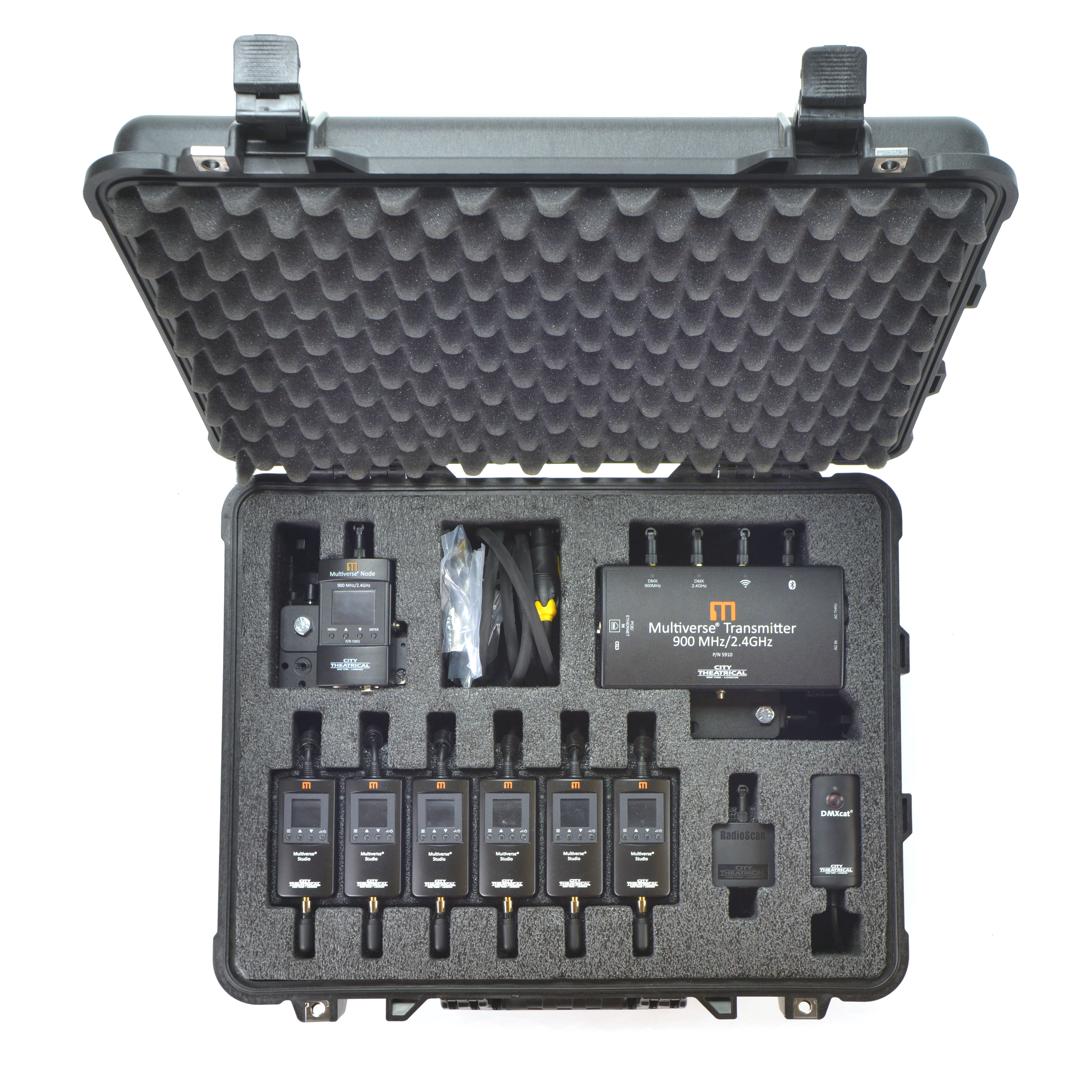
Multiverse Studio Kit
See page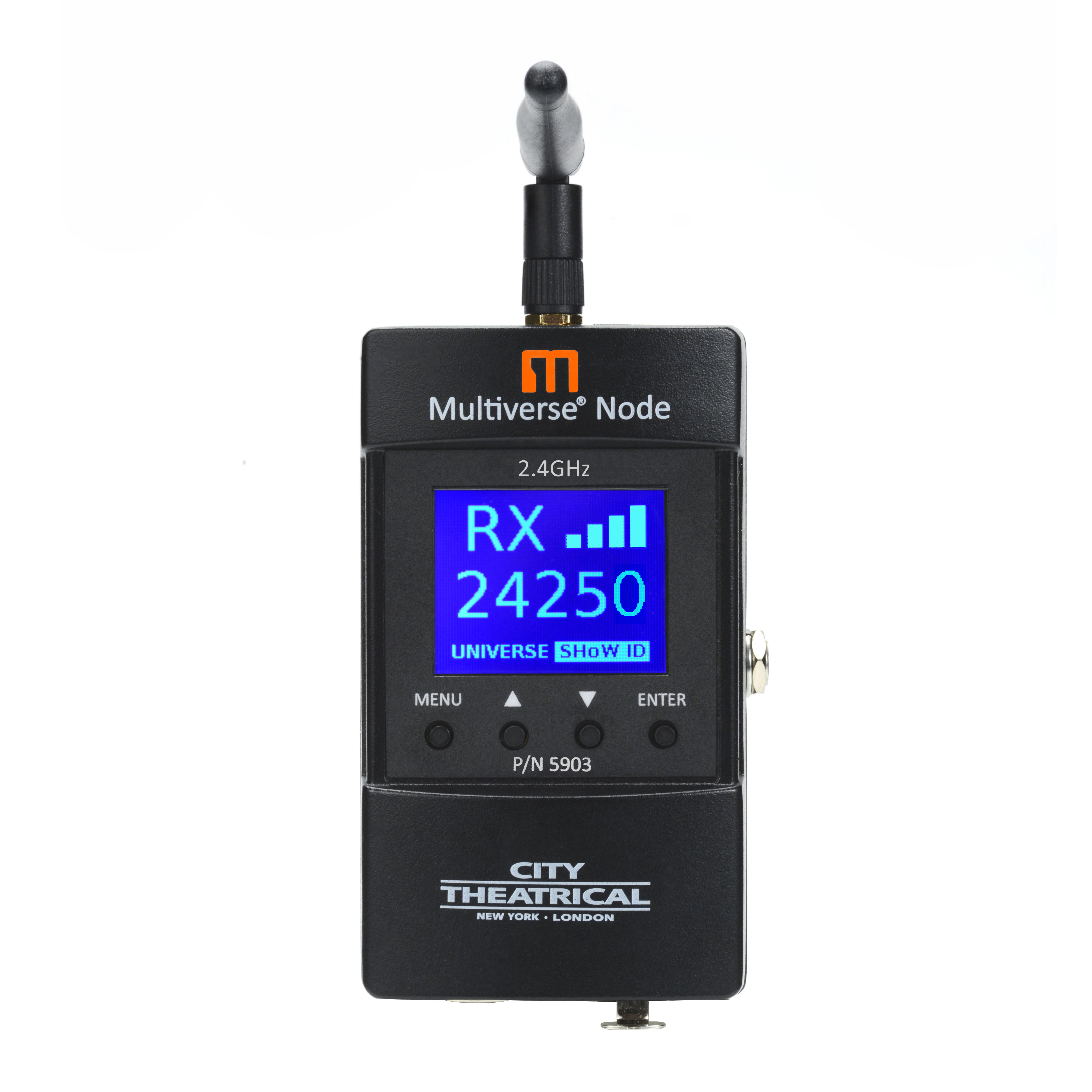
Multiverse Node
See page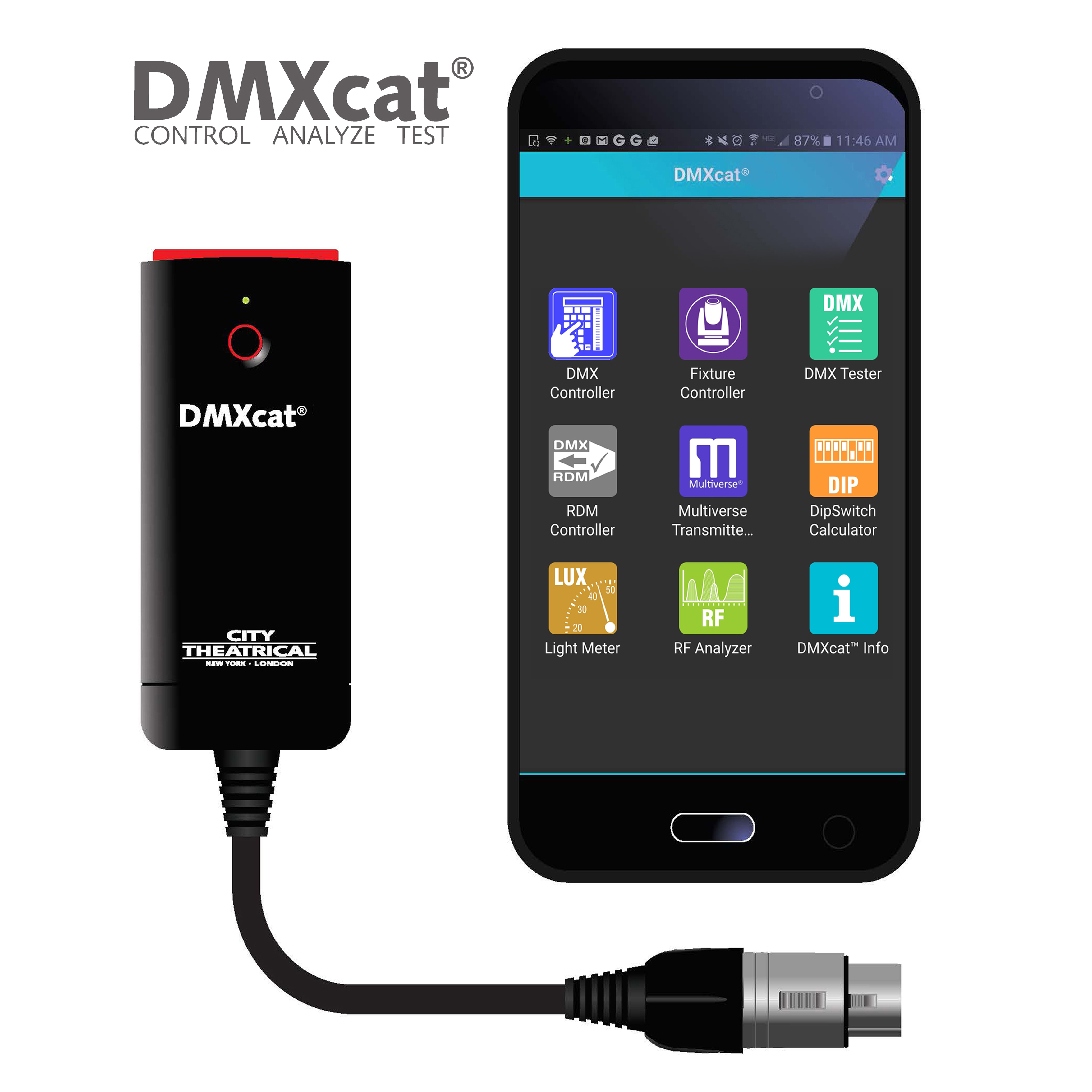
DMXcat Multi Function Test Tool
See page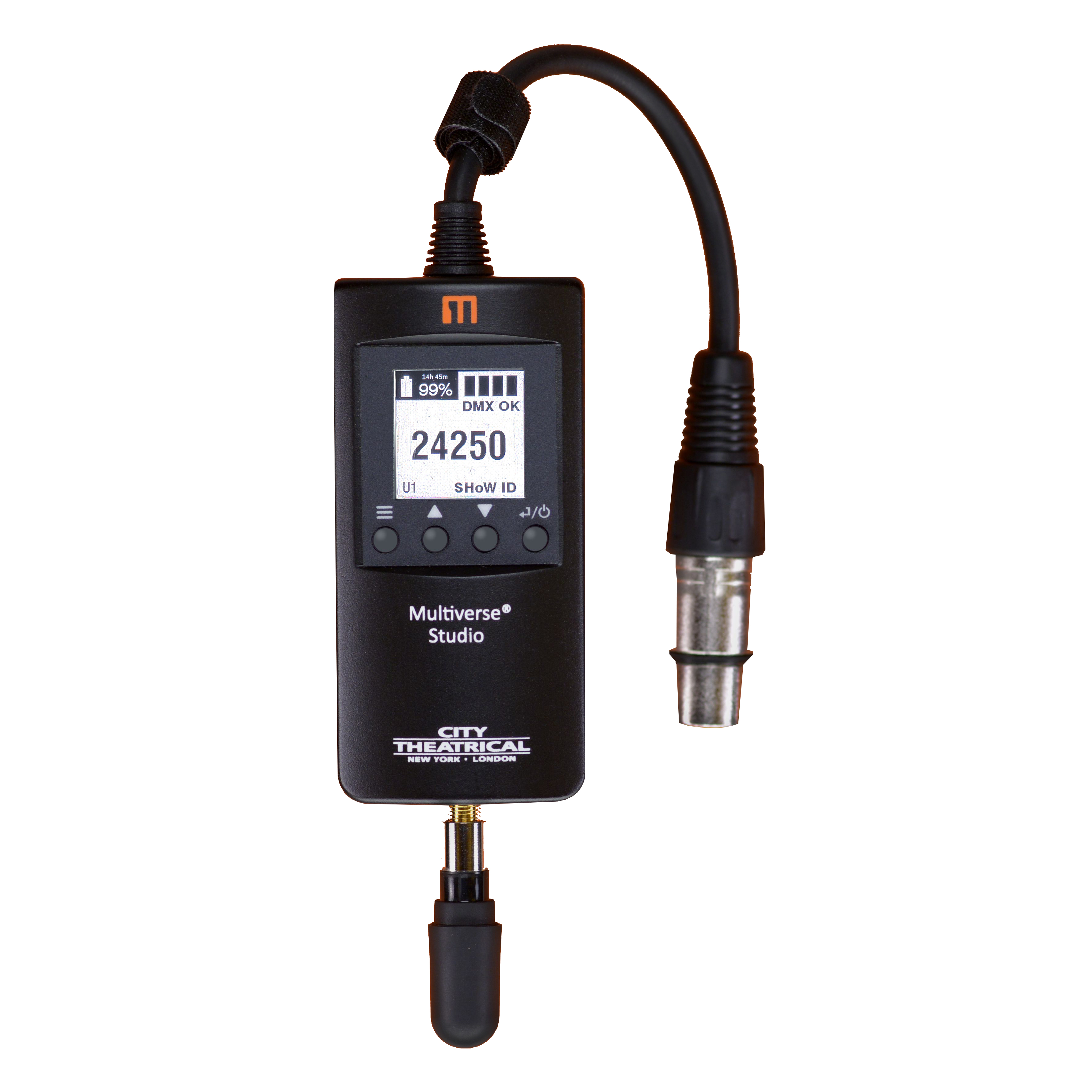
Multiverse Studio Receiver
See page
Want to read this case study in print?
View or download this story as a multi page PDF.
Download Case Study PDF